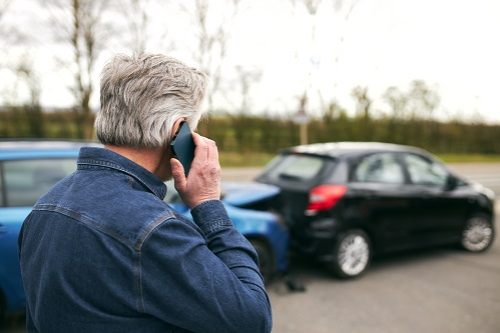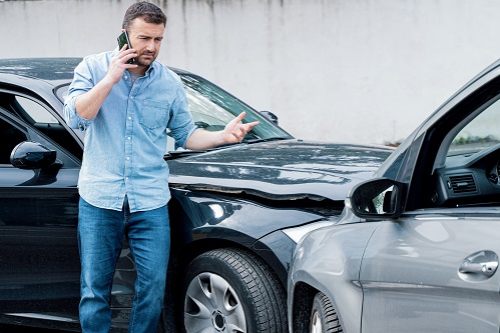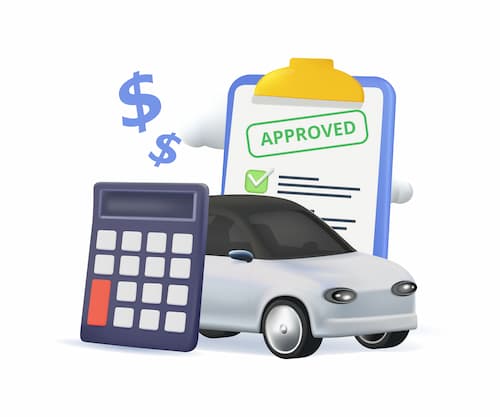Car safety features survey
The question is -- are drivers taking advantage of these enhancements or are they disabling the features?
In a new survey of 500 drivers, Insurance.com found that the vast majority of drivers don’t turn off their car’s safety features. Only 10% of drivers surveyed said they’ve disabled a safety feature. Men admitted to turning off safety features slightly more than women (11% compared to 8%).
The four most disabled safety features are:
- Lane-keeping assist -- 19% of those who admit to turning off features disabled it
- Smart headlights -- 17%
- Lane departure warning -- 15%
- Automatic parking -- 13%
Men are more likely to turn off automatic parking, reverse monitoring, blind-spot warning and lane-keeping assistance. Women are more apt to disable lane-keeping assistance, smart headlights and drowsy driver alert.
Lane-keeping assistance turns the steering wheel gradually to get back to within lanes. Losing complete control of their car is one likely reason that drivers why shut it off.
Smart headlights and lane departure warning systems don’t have as much control over a vehicle, but they can be considered an annoyance for drivers.
Only 10% of drivers with cars that have safety enhancements have disabled features, but more people said they’d turn off safety features if they bought a new car.
- I’d leave them as is to keep me safe -- 59%
- I’d disable if it took away my control of the car -- 21%
- Even if I disliked them, I’m too lazy to figure out how to disable them -- 15%
- I’d disable if I didn’t understand how it worked -- 5%
Concerning what features they would turn off, the safety features most likely to get disabled in a person’s future car are:
- Automatic parking -- 11%
- Automatic emergency brake -- 9%
- Adaptive cruise control -- 9%
- Drowsy driver alert -- 7%
- Lane departure warning -- 7%
Both men and women chose automatic parking as the number one feature they’d disable with the same percentage of men saying they’d shut off adaptive cruise control. Adaptive cruise control is a tool that lets you set a speed and distance between vehicles and your car accelerates and decelerates on its own. The driver still has to steer.
We also found that more than two-thirds of those surveyed would be willing to take a class that explains how a vehicle’s high-tech safety features work. However, many people would only take it online or if their insurer gives them a discount.
- Yes, but only if online -- 30%
- Yes, but only if I got a discount for taking the class -- 21%
- No, I would be able to learn it on my own -- 18%
- Yes, I would love to learn this in a classroom setting -- 16%
- No, I don’t think I need one. - -15%
Successful safety features in vehicles
Car manufacturers are increasing safety enhancements, but some are helping more than others. Insurance Institute for Highway Safety analysis found that lane departure warnings and blind-spot detection are making the biggest difference.
One study found that lane departure warning systems reduced single-vehicle, sideswipe and head-on crashes by 11% and injuries by 21%. Blind-spot detection reduced lane-change crashes by 14% and injuries by 23%.
"Blind-spot detection systems work by providing additional information to the driver. It's still up to the driver to pay attention to that information and use it to make decisions," said Jessica Cicchino, IIHS vice president for research. "That said, if every passenger vehicle on the road were equipped with blind-spot detection as effective as the systems we studied, about 50,000 police-reported crashes a year could be prevented."
Less successful safety features in cars
Not all safety features may be helpful to drivers, or at least not all the time.
A recent AAA safety report found that active driving assistance systems, ones that combine vehicle acceleration with braking and steering, can cause dangerous situations by disengaging with little warning. The AAA researchers also found that the systems had trouble keeping vehicles in their lane and coming too lose to other vehicles and guardrails. In fact, the report notes that the systems experienced some sort of issues about every eight miles. In a closed course test, the safety feature was especially challenged when it approached a disabled vehicle as there was a collision 66% of the time.
Without safety features working consistently, it's easy to see why drivers do not fully trust the new tech -- and why insurance companies aren't ready to hand out big discounts.
How safety features affect car insurance
Safety enhancements are helping reduce crashes, but don’t expect these features to lower auto insurance rates.
Penny Gusner, senior consumer analyst at Insurance.com, said most car insurers don’t offer discounts for safety features. One reason is that car insurers aren’t convinced that these features are reducing accidents or severity of accidents.
“Since each company looks at their own information on this, it could be that some will determine that the safety features do work and give discounts quicker than other companies. Just don’t hold your breath for it to happen; it takes a while for insurers to make the determination about a new discount such as this,” Gusner said.
Another reason that insurers aren’t handing out discounts for safety enhancements is that these features make cars that much more expensive. Repair costs of a vehicle today are much more than decades ago. Improved technology means more to repair when it’s damaged.
“The cost of high-tech safety features may actually be hiking up your insurance rates for comprehensive and collision since the parts are costly to repair or replace if damaged in an auto accident. That leads to higher rates on cars with safety features,” Gusner said.



